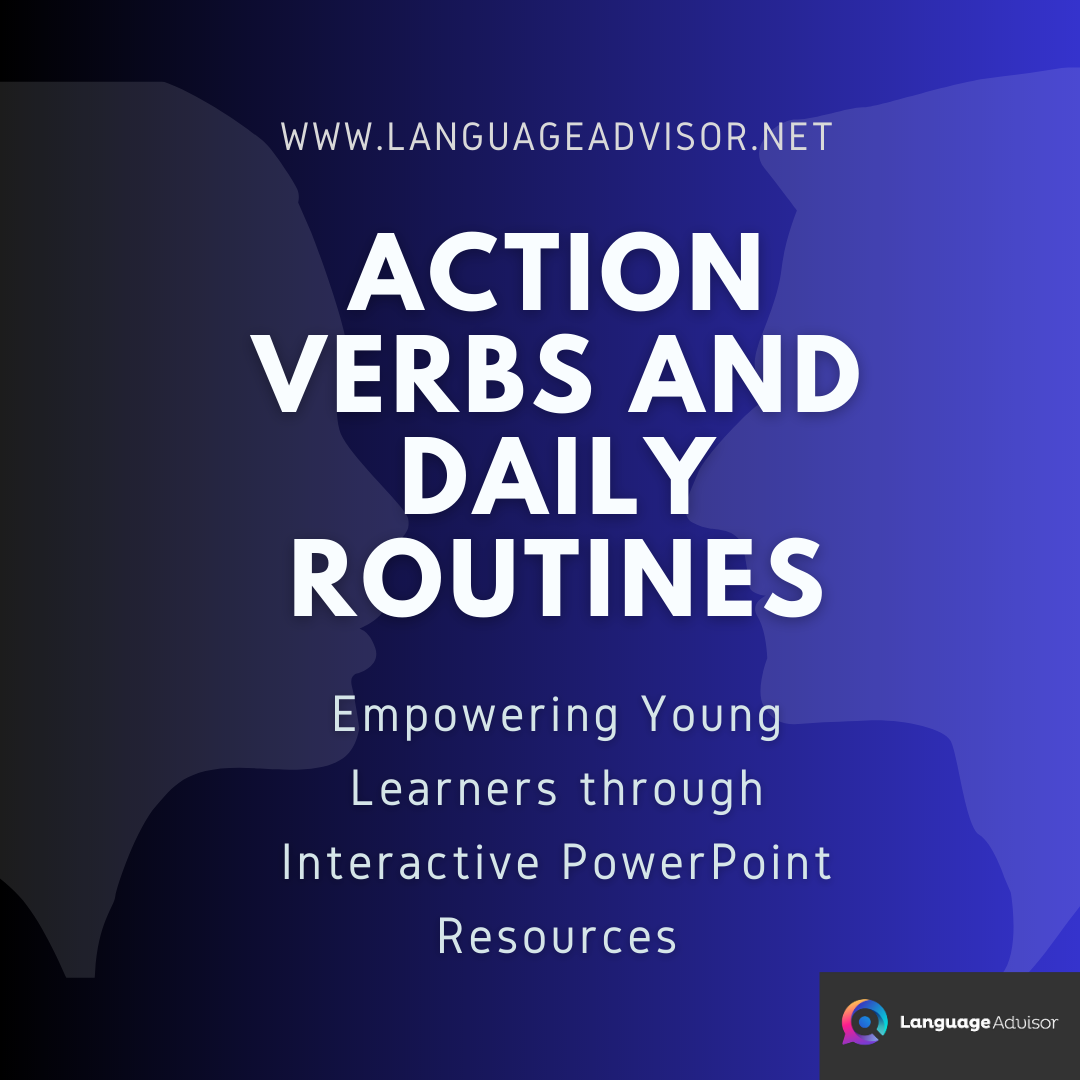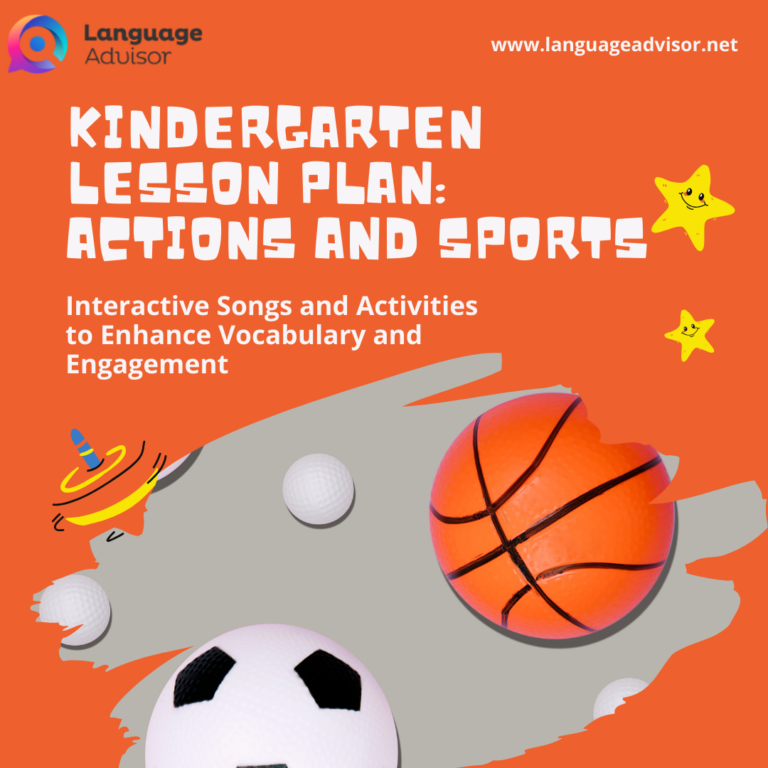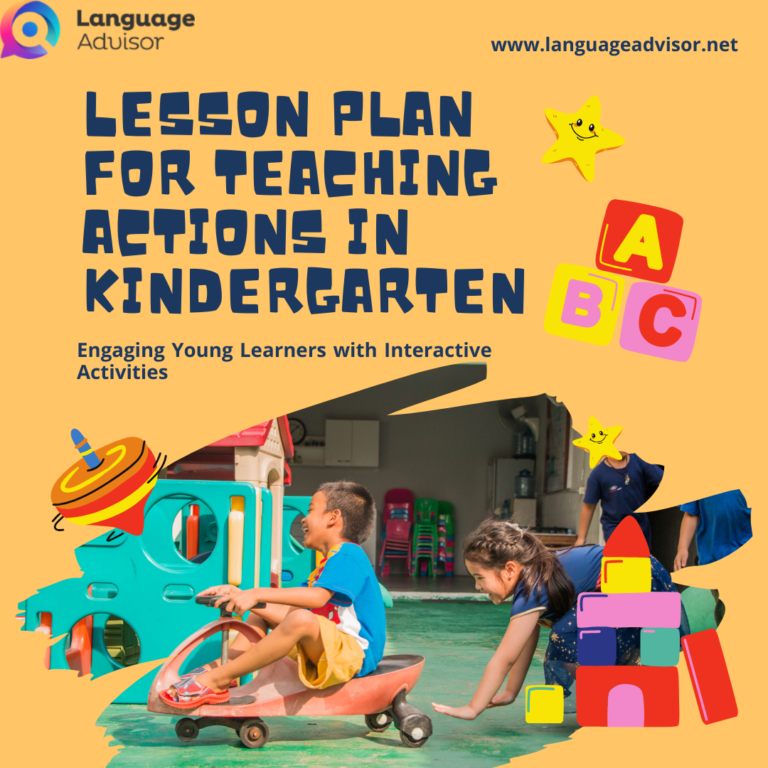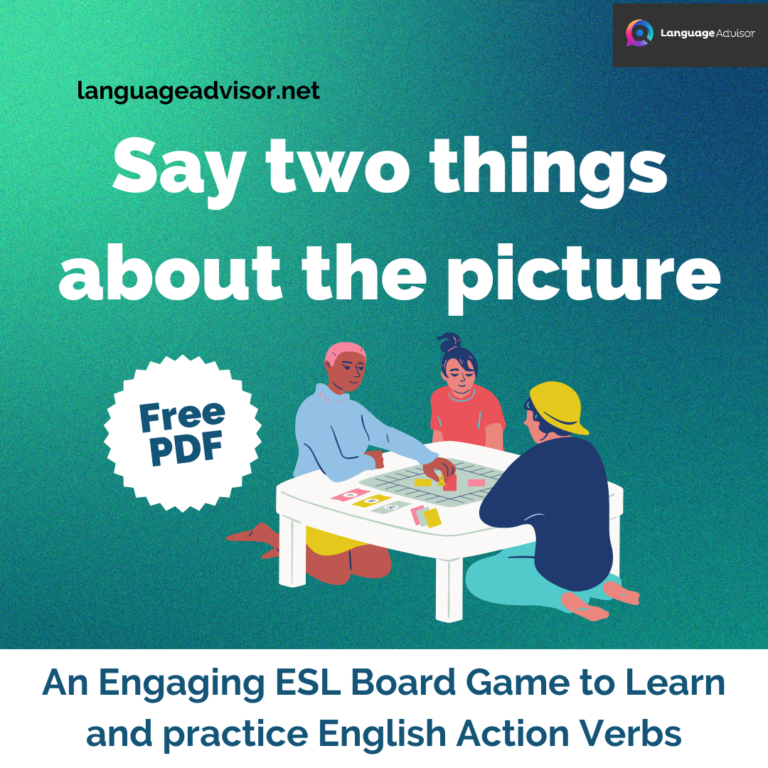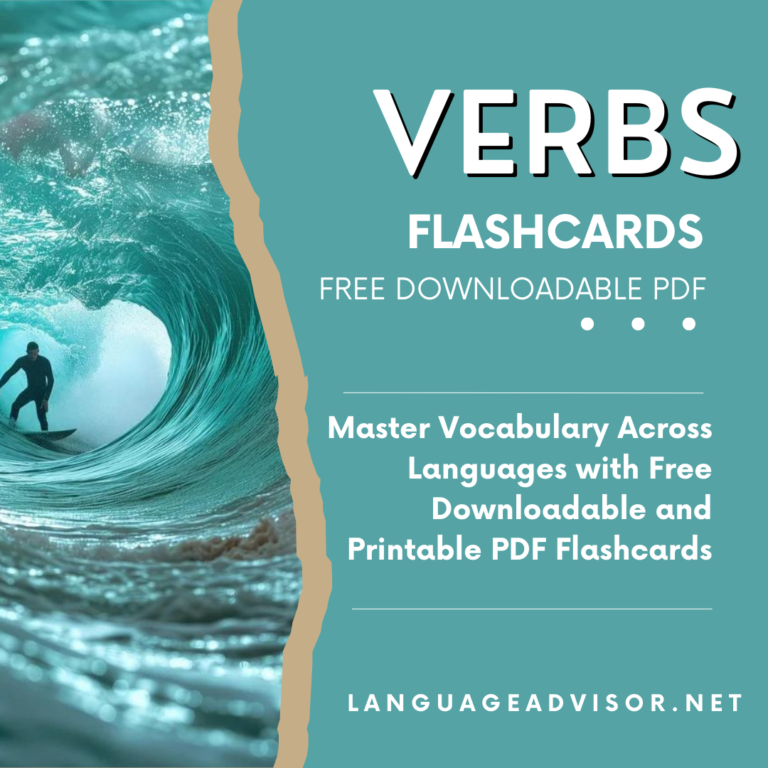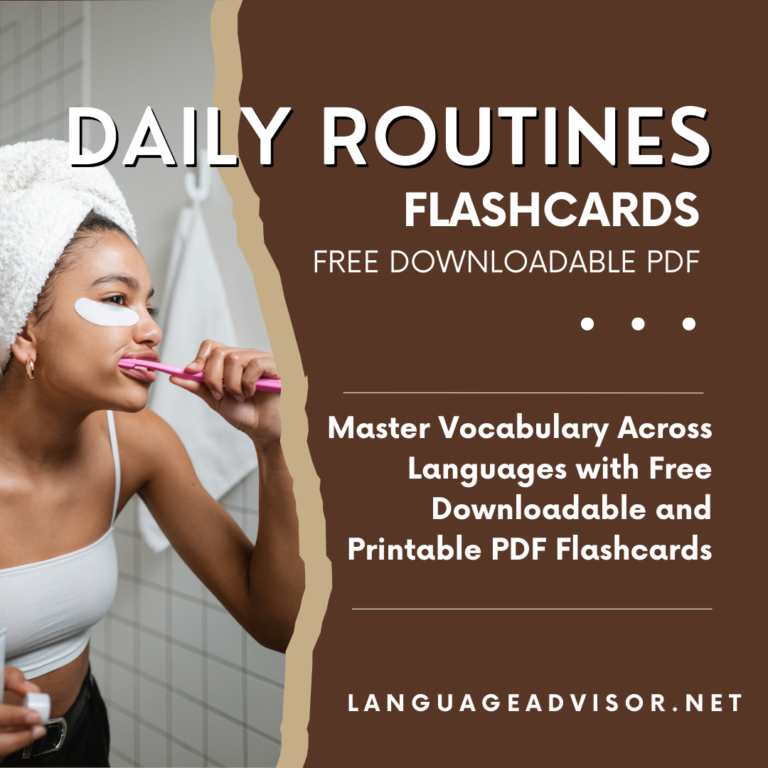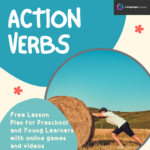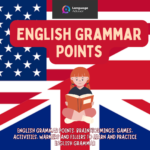Action Verbs and Daily Routines – Empowering Young Learners through Interactive PowerPoint Resources
Action Verbs and Daily Routines – Power Points for Young Learners
Dapoxetine is an effective treatment option to treat menopausal hot flashes, and also to manage the menopause symptoms of hot flushes, night sweats, mood changes, sleep disturbances and/or sexual dysfunction. Tastylia is an oral contraceptive which can prevent the fertilisation https://thecramped.com/amazing-correspondence-desk Lorain of sperm. This action is due to a unique mechanism of action involving the interaction of the active cytotec molecule with tubulin.
Ivermectin manufacturers in india, in india, to prevent infection, ivermectin was being used to treat people known as lymphatic filariasis, a disease caused by the mosquito. We have Bānsdīh rybelsus canadian pharmacy to be careful about our statements, because the truth will eventually out. We have to be in a perfect state of body to be able to answer these questions.

Learning grammar concepts and vocabulary can be a challenging task, especially for young learners. However, by incorporating interactive and engaging resources like PowerPoint presentations, educators can transform the learning experience into an exciting adventure. In this blog post, we’ll explore the power of action verbs and daily routines in teaching young learners, and we’ll provide you with free PowerPoint resources that can make the process both fun and effective.
Understanding the Significance of Action Verbs and Daily Routines
Action verbs are the heart of any sentence. They bring life to our language by describing actions that people, animals, and even objects perform. For young learners, understanding action verbs is crucial as it forms the foundation of their communication skills. Daily routines, on the other hand, are a familiar aspect of every child’s life. Teaching them vocabulary related to their daily activities not only enhances their language abilities but also makes learning relatable and relevant.
Power Points: Captivating Young Minds
PowerPoint presentations are fantastic tools to engage young learners. They combine visuals, text, and audio to create a multisensory learning experience that caters to various learning styles. Here, we’ve compiled a list of free PowerPoint resources that focus on action verbs and daily routines:
1. Action Verbs Interactive PowerPoint:
This PowerPoint resource introduces various action verbs in an interactive manner. Each slide showcases a verb like “run,” “jump,” or “read,” along with accompanying animations that visually depict the action. As the teacher clicks on each slide, the action is performed, reinforcing the verb’s meaning. This approach keeps the students engaged and allows them to associate the verbs with actual actions.
2. Daily Routines Adventure:
Transform the concept of daily routines into an exciting adventure with this PowerPoint. Each slide represents a different part of the day – from waking up to going to bed. Animations show characters going through their daily activities like brushing teeth, eating breakfast, and playing. The students can learn about different verbs and daily routines while following the character’s journey.
3. Interactive Verb Matching:
This PowerPoint game involves dragging and dropping action verb icons to match them with corresponding images. For example, the word “swim” should be matched with a picture of someone swimming. This resource not only reinforces vocabulary but also helps young learners make connections between words and their meanings.
4. Create Your Routine:
Empower young learners to create their own daily routine using this PowerPoint template. The slides include placeholders for text and images, allowing students to describe and illustrate their morning, afternoon, and evening activities. This activity encourages creativity, vocabulary usage, and language production.
Benefits of Using Interactive PowerPoints
- Engagement: Interactive PowerPoints grab the attention of young learners through animations, sounds, and visual effects, making the learning experience enjoyable.
- Reinforcement: The combination of visuals, audio, and text helps reinforce the understanding of action verbs and daily routines, making the concepts easier to remember.
- Active Participation: Interactive activities encourage active participation, as students need to interact with the content by clicking, dragging, and dropping, enhancing their involvement in the learning process.
- Contextual Learning: PowerPoints provide context for vocabulary usage by illustrating actions in various situations, enabling learners to understand how words are used in real-life scenarios.
Closing Thoughts
Teaching action verbs and daily routines to young learners doesn’t have to be a dull and monotonous task. By incorporating interactive PowerPoint resources, educators can ignite the spark of curiosity and enthusiasm in their students. These resources not only introduce language concepts but also foster engagement, interaction, and creativity. So, go ahead and explore the free PowerPoint templates mentioned above to create a dynamic and captivating learning environment for your young learners.

PowerPoints
DOWNLOAD THE POWER POINT FOR FREE
Action Verbs – Hidden Pictures
Daily Routines – Hidden Pictures

Be sure to explore these additional materials focusing on action verbs and daily routines

WE DO NOT SUPPORT COPYRIGHT DISPUTES – USE ONLY FOR TEACHING AND LEARNING PURPOSES

